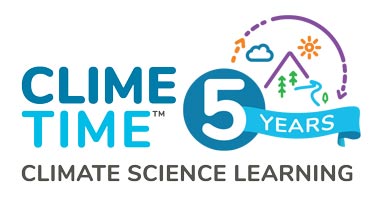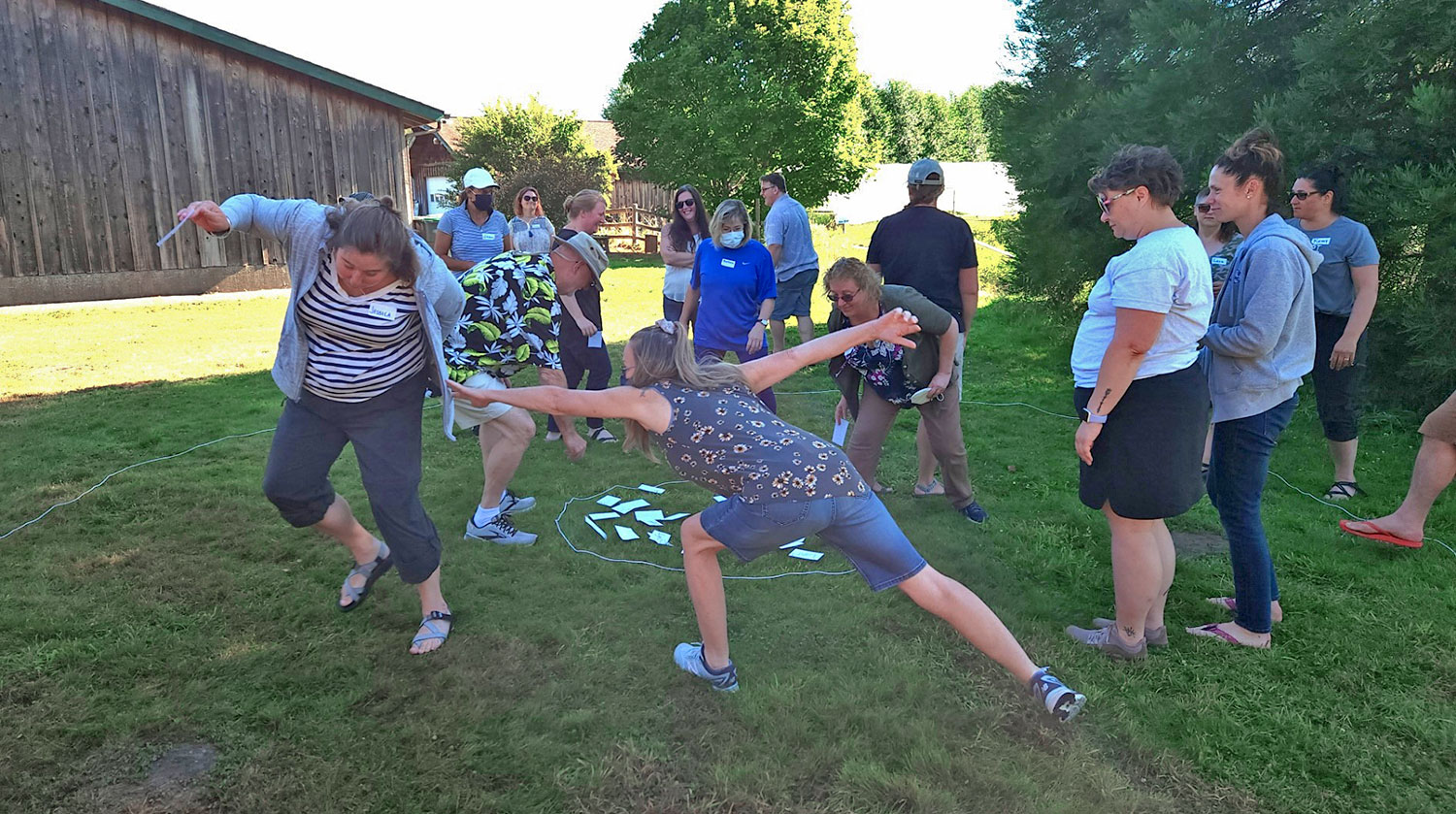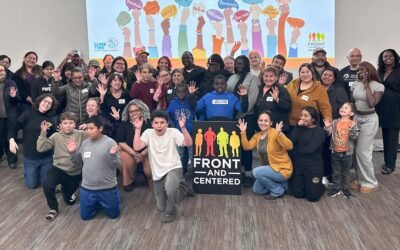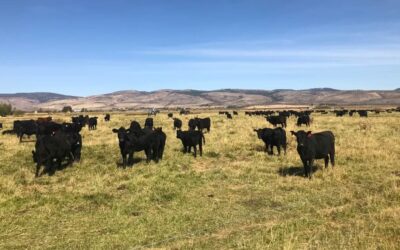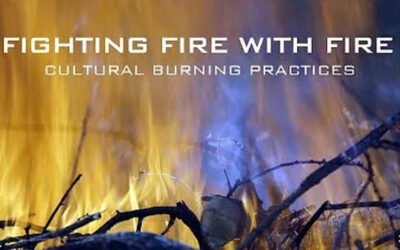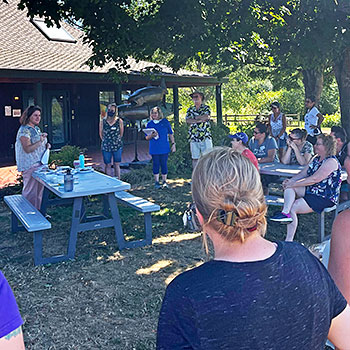
Participants viewed demonstrations and discussed two of the many hands-on activities included in PEI’s Coastal Hazards SOLS.
The topic of coastal hazards doesn’t often bring a smile to one’s face, but 21 ESD 113 and Kitsap County educators brought their enthusiasm and passion for teaching to an August 8 workshop based on Pacific Education Institute’s (PEI) Coastal Hazards Solutions Oriented Learning Storylines (SOLS). The group gathered at The Salmon Center in Belfair and joined PEI FieldSTEM Coordinators Tressa Arbow and Molly Griffiths for a day of collaboration, outdoor learning, and hands-on activities. Teacher leader Jodi Crimmins and FieldSTEM Coordinator Daniel Cuevas were also on hand to share their experiences and support.
Kicking the day off with an outdoor game to demonstrate the greenhouse effect, participants discussed how warming global temperatures contribute to sea level rise. The game and discussion also led to an important distinction between mitigating, or preventing, climate change, and adapting to changing climate conditions. In the case of coastal hazards, both approaches are crucial.
To supplement participants’ own research and provide scientific expertise in local coastal hazards, Carrie Garrison-Lainey, Washington Sea Grant Coastal Hazards Specialist, shared background information and up-to-date research on Washington hazards. Workshop participants were able to use the information Carrie presented to clarify key concepts around hazards in the SOLS and in their existing curricula.
In the afternoon, participants took advantage of the breeze and shade trees by going outside to view hands-on lab demonstrations from the SOLS. In one activity, Molly demonstrated how students can test and analyze which types of materials will best withstand coastal processes such as flooding and rain. Older students can extend this activity into choosing materials and creating a model barrier for a coastal building vulnerable to hazards. In another activity, Tressa demonstrated how melting land-ice, as opposed to sea-ice, contributes to sea level rise.
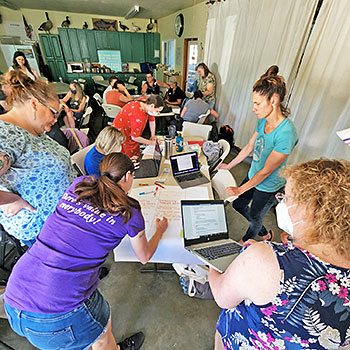
In grade-band groups, educators analyzed and evaluated the pre-and post-assessments included in each of the PEI Storylines.
An additional benefit of gathering at The Salmon Center was that educators had the opportunity to explore the venue and learn how they might partner with their team to bring students for a field experience. The Salmon Center boasts a U-Pick garden, farm animals, art exhibits, and walking proximity to stunning Union River trails, among other attractions!
In post-workshop evaluations, teachers reported growth in implementing NGSS aligned climate science instruction, using inclusive, equitable pedagogy practices, and using formative assessments to adapt their teaching and demonstrate student growth. One participant commented, “[I will use] The Sea Level Rise curriculum for middle school. I really like all of the hands-on activities, the pre/post tests to show growth as well as that it is LOCAL to my students! Awesome!”
PEI would also like to thank the Kitsap Community Foundation for providing financial support for this workshop.
